Regular Dental Cleaning vs Deep Cleaning: What is the Difference?
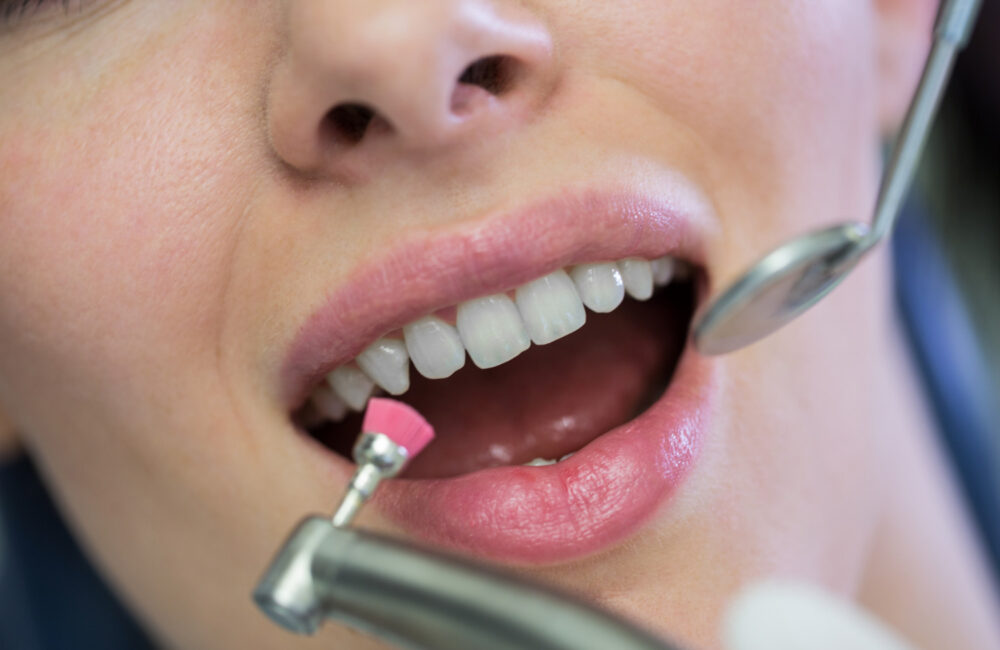
Regular dental cleanings are necessary, not only to keep your teeth white and clean, but also to ensure the long-term health of your teeth and gums, and to prevent decay, cavities, and gum disease. Thus, it is recommended to see a dentist at least twice a year to get your teeth professionally cleaned.
However, there may be a time your dentist may recommend a deep cleaning, also known as periodontal scaling and root planing. In this blog we will explore the difference between the two types of cleanings.
What is a Regular Dental Cleaning?
During a regular dental cleaning, your dentist removes all tartar and plaque from the teeth’s surfaces. Dentists perform regular dental cleaning without anesthesia and usually complete the procedure in a time frame of 20 minutes to one hour. If you make regular dental visits every six months for a cleaning and take good care of your oral health at home daily, you probably won’t ever need a deep cleaning.
What is a Deep Cleaning?
While regular dental cleanings focus on cleaning and polishing the tooth’s surface at or above the gum line, deep cleaning involves removing plaque and tartar from the root of the tooth that is below the gum line. We always recommend deep cleaning for patients who have a buildup of tartar extending to the tooth roots, causing bad breath, swollen gums, and other early signs of gum disease.
How is a Deep Cleaning Different From a Regular Dental Cleaning?

Different purposes, for gum disease treatment
The main goal of regular dental cleaning is to maintain the general cleanliness of your teeth. The main goal of deep cleaning, however, is to treat periodontitis, or gum disease, causing the disease to go into remission. Thus, a deep cleaning is only performed when gum disease is present.
The more extensive procedure, performed in two appointments
The biggest difference between a deep cleaning and a regular dental cleaning is that deep cleaning is a more extensive procedure. Unlike regular dental cleanings, dentists typically perform a deep cleaning in two appointments. This is because your dentist will use local anesthesia and work on one side of the mouth at the first appointment and the other side of the mouth at the second appointment.
Requires more time per appointment
Unlike the shorter dental cleaning appointments, each deep cleaning appointment is approximately 40 minutes to an hour, depending on the severity of the tartar buildup. In addition, a deep cleaning is typically performed in two stages:
- Scaling – removal of plaque and tartar below the gum line to the bottom of the periodontal pocket.
- Root planing – smoothing out of the tooth root surface, allowing the connective gum tissue to regrow, reattach to the tooth root, and support the tooth once again.
More frequent dental visits for maintenance
Another big difference between a deep cleaning and a regular dental cleaning is the required maintenance. Instead of every 6 months as with regular cleaning, after a deep cleaning, you will need to come back every 3 months for periodontal maintenance to prevent bacterial growth from coming back. Please note that once the dentist has made a periodontitis (gum disease) diagnosis, we cannot perform a regular dental cleaning as it’s against our ethical and professional standards.
Denture Stomatitis: Everything You Need to Know About It
Why is a Deep Cleaning Important?
Leaving gum disease untreated can lead to tooth loss. Fortunately, a deep cleaning, along with antibiotics, is usually enough to resolve minor-to-moderate cases of gum disease, reduce inflammation, and improve gum health.



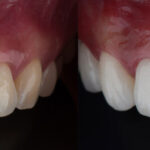
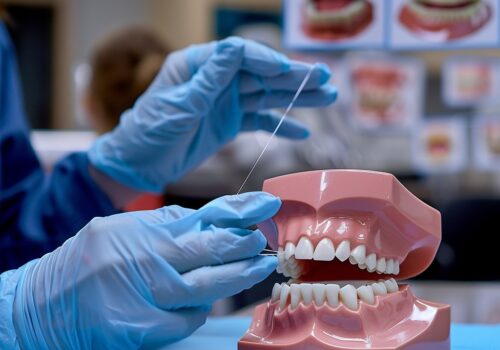


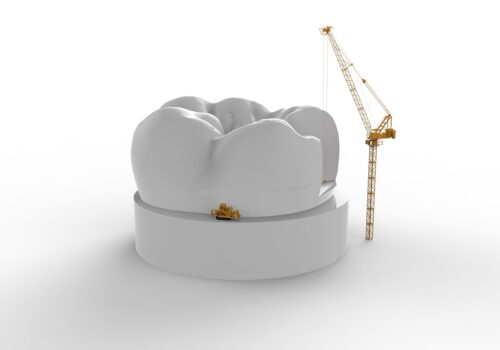
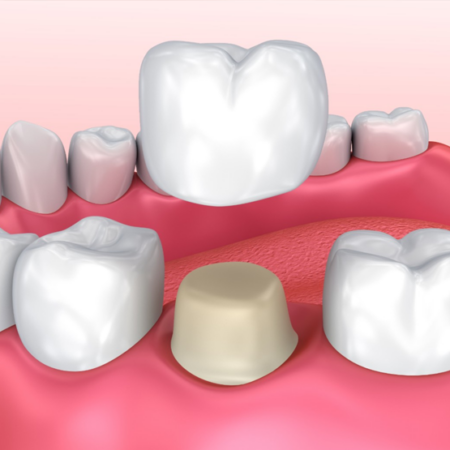
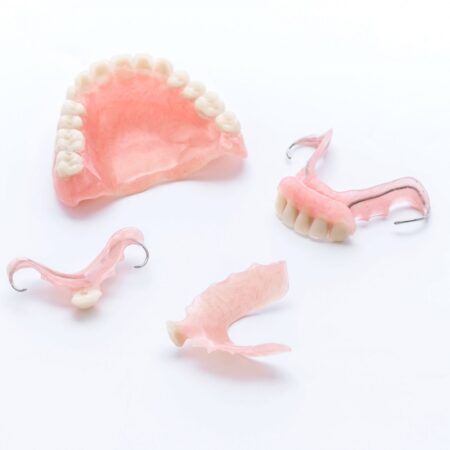
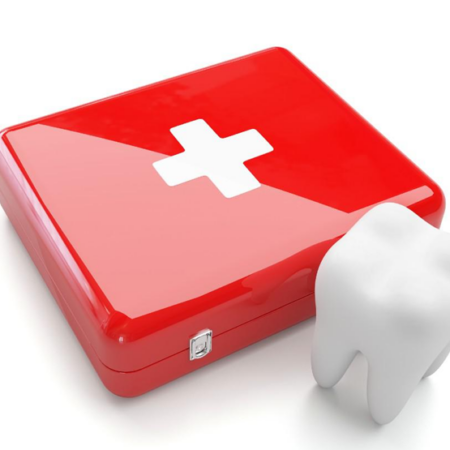
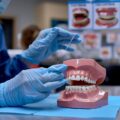


Leave a Reply